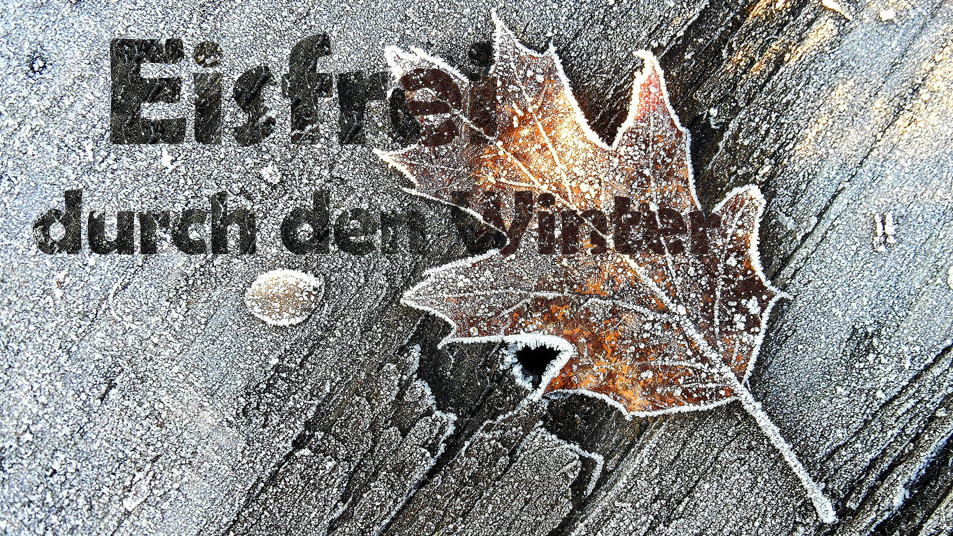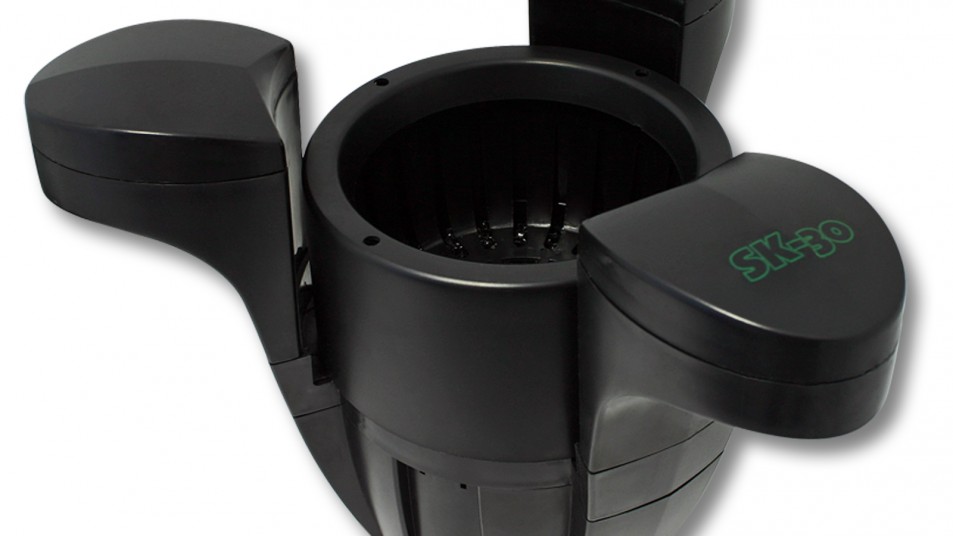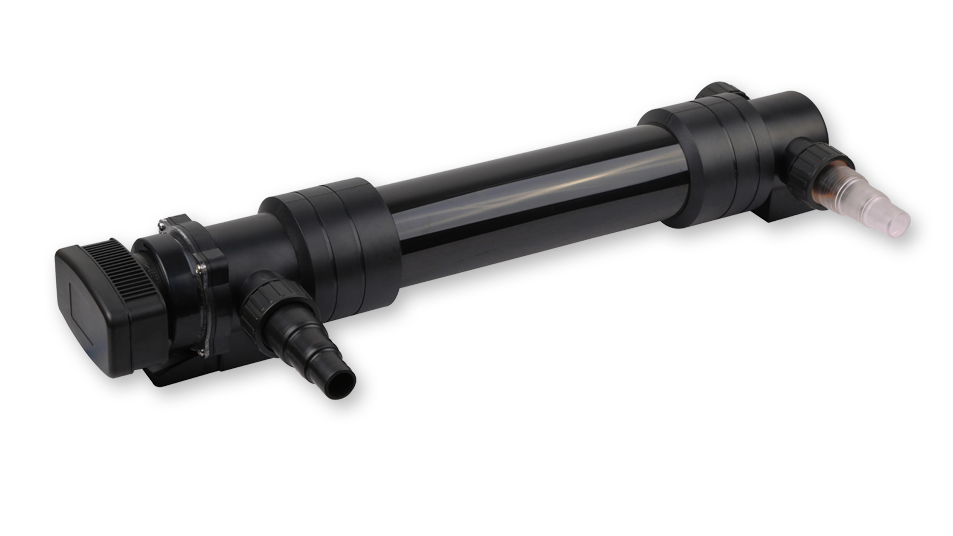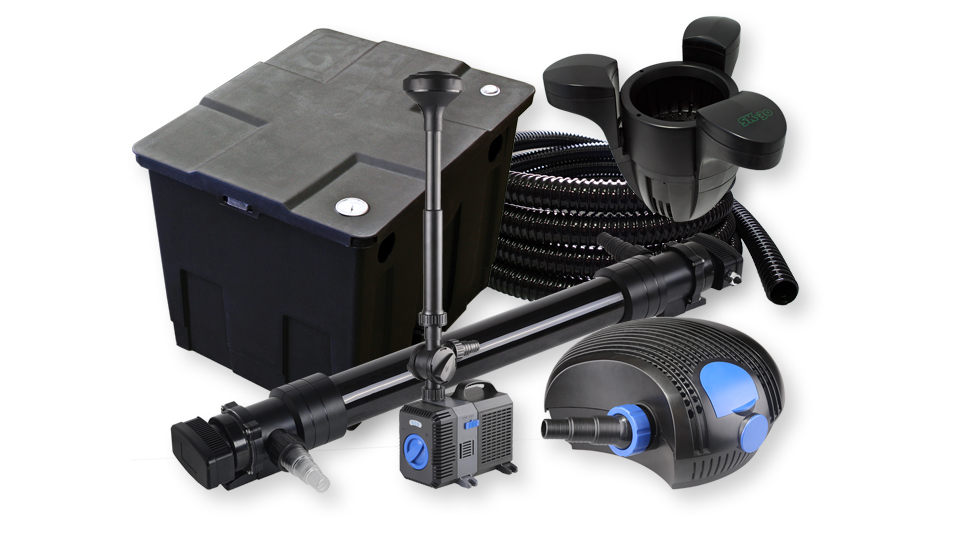Garden-Pond-Tip: Safely through the Winter
Slowly, the days are getting shorter and the autumn season is gradually changing to winter season. During wintertime the fish move to deeper layers of water where they are staying until spring in a kind of hibernation. Their heartbeat slows down to approximately one beat per minute while the metabolic rate comes almost to a complete standstill. Being in hibernation, fish hardly absorb any oxygen and completely renounce any food.
In order to avoid any typical spring diseases the pond inhabitants should be prepared accordingly. The individual proceeding in order to prepare the precious fish for wintertime is easily implemented at low costs.
It is their fat reserves that protect the creatures from cold and physical weakness. These fat reserves should be specifically given before wintertime is starting. Feed the fish by adding small portions several times a day. Make sure that the fish take the food and that there are no remaining particles of fish feed in the water. It is important to administer the required vitamins and minerals during the feeding in order to maintain the special condition. By this means you support the fish to build up their fat reserves, moreover, their metabolism is revitalized. At low temperatures you should only use food which can be easily digested, such as Sanikoi or Staple Prime. Due to the high proportion of wheat germ as well as the added vitamins, this food is perfect for being fed in autumn.
Safely through the Winter
The temperatures in the pond should be checked regularly and if possible, reduced by gradual means. Sometimes the pond inhabitants tend to react in a sensitive way to extreme temperature fluctuations. Even temperature changes of 4°C in the course of 24 hours can be extremely stressful for the creatures. This is why the temperature-regulating measures especially with regard to smaller ponds are important. Smaller ponds tend to cool down rather quickly. Due to their lack of depth it is not ensured that there is a layer with a height of approximately 40 cm and a temperature of about 4°C. It is a fact that at about 4°C the water has its highest density and keeps sinking by its own weight thus ensuring that in a depth of more than 80 cm the survival in winter should be possible without any problems. In a pond volume of more than 30.000 litres, the heat is stored sufficiently in the water and the cooling measurably slowed down. Any intervention is necessary only in extreme weather conditions.
Be careful if the pond pump remains in operation during wintertime. The layers of water are mixed while the protecting layer of water at the pond´s ground is cooled down due to the cold water on the surface. While the formation of ice on the surface can be avoided for a while, the pond inhabitants on the bottom of the pond are freezing to death because the water temperature drops below 4 °C. The flow should be as low as possible in those spots where the pond inhabitants have settled down for wintertime in order to prevent cold water from entering the quiet zone.
During wintertime immersion pumps should be stored protectively against frost. In winter, oxygen produced by e.g. the Canadian waterweed (Egeria densa) and hornwort plants are sufficient for the pond inhabitants in their resting position. It is useful to operate rather an oxydator or a pond ventilator than a pond pump. The pond water is supplied with fine bubbles of oxygen and putrefaction prevented.
Hibernation also means to refrain from any construction work nearby the pond. Otherwise the fish are troubled while their consumption on energy increases which in turn enhances the risk of a weak condition in spring and illness. In case the pond freezes you should avoid to break it open by tapping or the like. You better thaw the ice with a hair dryer or hot water.
In order to avoid an extreme cooling you can cover the pond by using various materials such polystyrene, polyethylene-balls, twin-wall sheets and more. However, the aforementioned measures should only apply for smaller ponds or in extreme weather conditions. In any case make sure that there is a small spot in the pond that remains uncovered. Said small space should be kept free of ice in order to provide the gas exchange. Moreover, the ice-free spot allows the observation of the pond inhabitants during wintertime thus making possible the immediate intervention in the event of any desease that might occur.
A pond heater in combination with a frost guard have proved to be the most effective and economical ones. The frost guard switches on the pond heater when the temperature is about 0°C thus avoiding the total freezing of the pond. Such systems are offered for example by Schego.
If possible, always keep checking the quality of the water during the winter. If the pond has been well maintained and cleaned in autumn there should be no problems in the course of winter. In winter fish should be fed only when there are continuously warm temperatures. Keep in mind that the food, if it is not eaten, could lead to a problem in spring since it affects the water quality.






